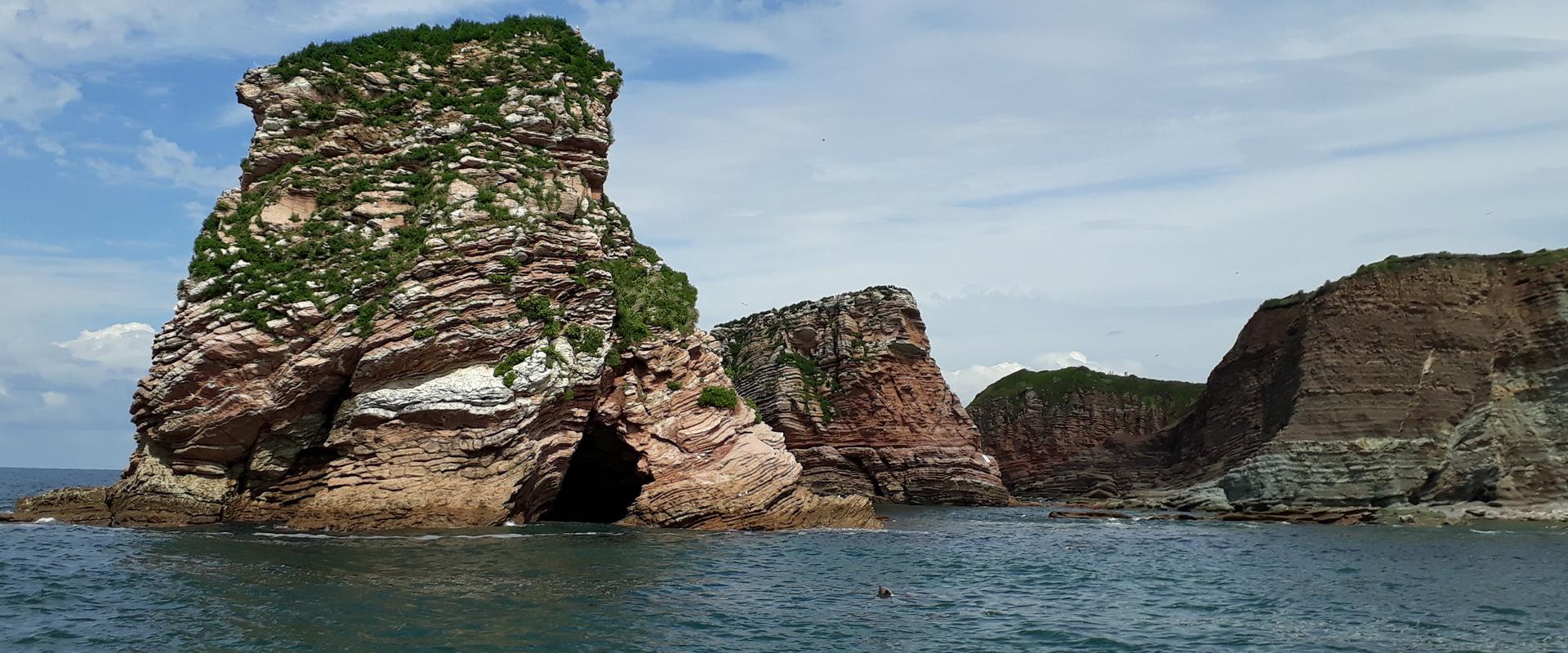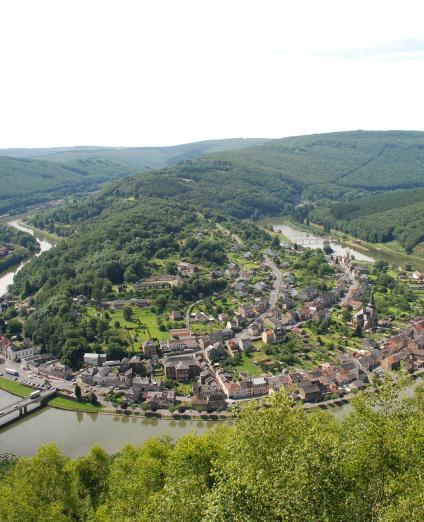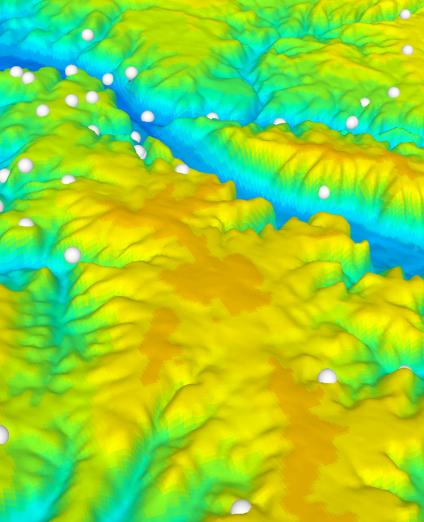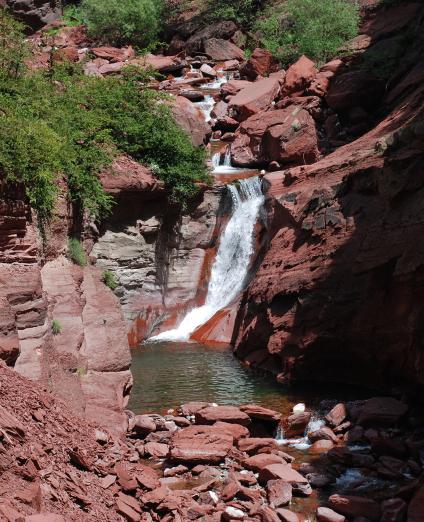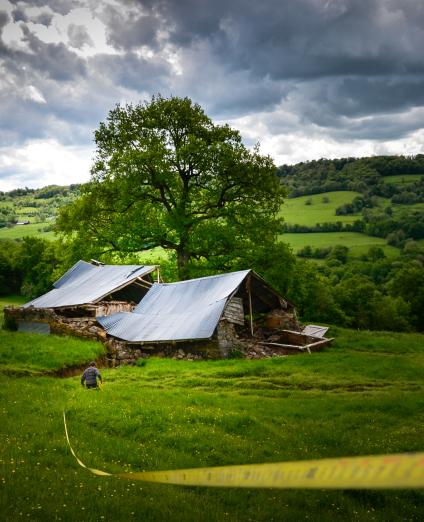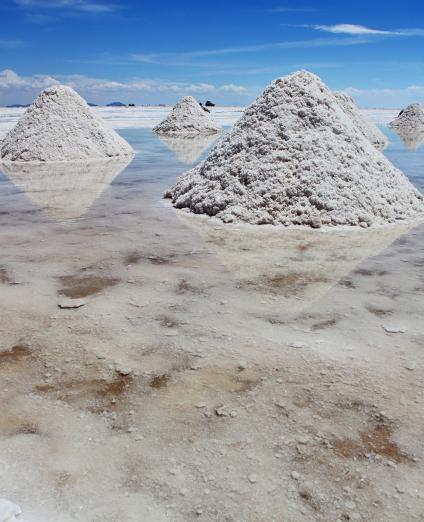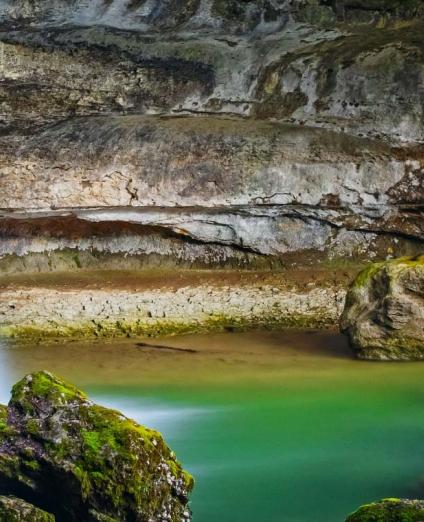As a public institution for research and expert studies, BRGM contributes to the dialogue between science and society in its different fields.
Establishing a dialogue with civil society representatives in the French regions
BRGM's regional representatives organise meetings with representatives of civil society groups to discuss regional environmental questions relating to BRGM's areas of expertise and on which papers and articles have been published.
These meetings provide opportunities for open and constructive discussions. They stimulate exchanges of knowledge - or of knowledge "gaps” - questions from all parties and the expression of their expectations, while observing the ethical principles that guarantee transparency and trust and preserve the independent judgement of all concerned.
Summary of the meeting held at Limoges on 7 September 2016
Topic on the agenda
Finding alternative resources to replace direct livestock watering.
- state of knowledge on water resources in the Limousin and presentation of alternative solutions,
- advances in hydrogeological basement models.
Date and venue
Wednesday, 7 September at BRGM Limousin Regional Division in Limoges (87).
Agenda
- Presentation of the livestock watering issue in the Limousin
- Round table on participants’ expectations
- Discussion on the topic and related challenges for the region.
Participants
3 participants, respectively from the following organisations:
- Sources et Rivières du Limousin (SRL)(Limousin springs and rivers);
- Permanent Centre for Environmental Initiatives (CPIE) for the Pays Creusois (23);
- Conservatoire d’espaces naturels de Franche-Comté;
Participants' expectations and questions, discussions
What is happening about the need to preserve wetlands versus demand for livestock watering?
The problem of wetlands that are distant from watercourses is not well known. Three solutions are envisaged: drinking directly from streams, watering from the groundwater resource when available (or can be stored), using hill reservoirs), etc.
What possible alternatives are there for watering livestock when watercourses run dry?
Sandpoint wells are one solution. These are different from boreholes and do not create use conflicts: the water output is too low for irrigation so it cannot be diverted to other uses. In addition, these wells do not tap into fractured rock and are less likely to run dry during low water periods.
Is it possible to identify boreholes located along talwegs, in ditches, etc. in the ADES database?
Only one such case is listed in ADES according to BRGM, but this network could be enriched with boreholes that capture and monitor groundwater, starting with a pilot catchment area in conjunction with the Conservatoire d'Espaces Naturels du Limousin.
Farmers use different kinds of solutions (cisterns, fencing off streams, etc.)
The importance of taking the administrative dimension of these authorisation applications into account was mentioned.
The complexity of livestock watering on the Millevaches plateau was raised
It would therefore be worthwhile to monitor the piezometers that are close to wetlands. The SILURE model is flawed; new hydrogeological simulation models therefore need to be developed that would incorporate the knowledge available to associations. The permanent environmental initiatives centre (CPIE) for the Pays Creusois is proposing to make morphological observations and take basic measurements on the springs and rivers of the region. It is emphasized that data are only available for a very small portion of the areas being studied. However, the watercourses are monitored every year.
To meet the need to calibrate a hydrogeological model, BRGM has offered to provide the university with piezometer equipment that could be installed and monitored with the help of students supervised by the Limousin Conservatoire d'Espaces Naturels. The catchment basin that could be equipped remains to be defined.
The CPIE des Pays Creusois has asked BRGM to give a talk in December, while their technicians are being trained.

